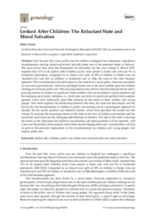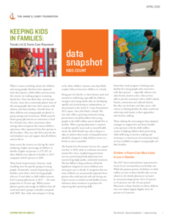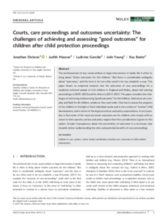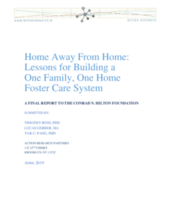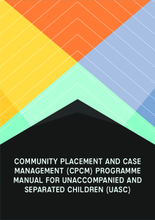Displaying 861 - 870 of 2214
The main argument in this article is that the rationale for the state’s growing interest in children (in particular those children who are considered a social problem) and the emerging social policy solutions, i.e., foster care, are driven by particular political and economic agendas which have historically paid little attention to the needs of these children and young people.
This open access research paper examines the influence of children, birth parents and foster carers on the matching decision from a practitioner's perspective.
This PhD thesis focuses on the perceptions of children in care whilst they are still in care and subject to youth justice supervision. The findings are based on semi-structured interviews with 19 children in care attending various Youth Offending Teams in the North West of England.
In this data snapshot, the Annie E. Casey Foundation examines how placements for young people in foster care have changed from 2007 to 2017.
This open access paper draws on empirical research into the outcomes of care proceedings for a randomly selected sample of 616 children in England and Wales, about half starting proceedings in 2009–2010 and the others in 2014–2015. The paper considers the challenges of achieving and assessing “good outcomes” for the children.
This theoretical-empirical study is based on two particular case studies of families bringing up children from institutional care in Slovakia.
This report describes lessons learned from a centerpiece of Home Away From Home: coaching, technical assistance, and data analysis activities aimed to improve the recruitment, training, support and retention of foster homes and build kinship caregiving capacity.
This study investigated the relationship between familial residential school system (RSS) exposure and personal child welfare system (CWS) involvement among young people who use drugs (PWUD).
The Community Placement and Case Management (CPCM) Programme aims to provide a holistic case management system that specifically looks into the protection concerns of migrant, undocumented, stateless, refugee, and asylum seeking Unaccompanied and Separated Children (UASC) at risk of arrest and detention and those directly affected by immigration detention in Malaysia.
For this evaluation, the authors asked whether the rate of exit to permanency increased for children whose time in foster care in New York City coincided with when private foster care agencies reached the new reduced caseload target.

